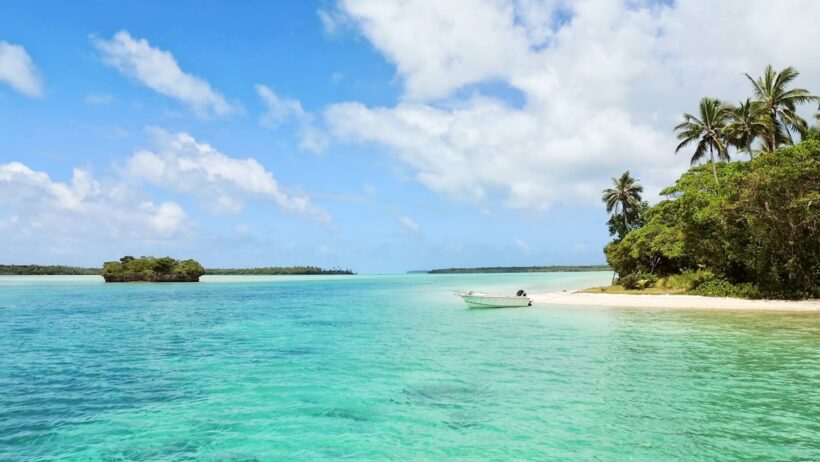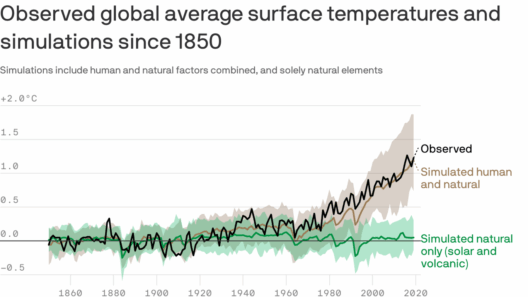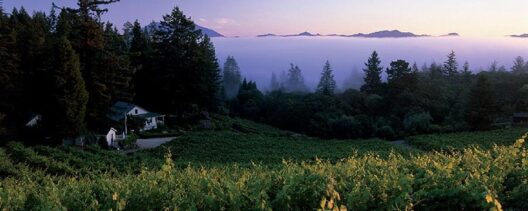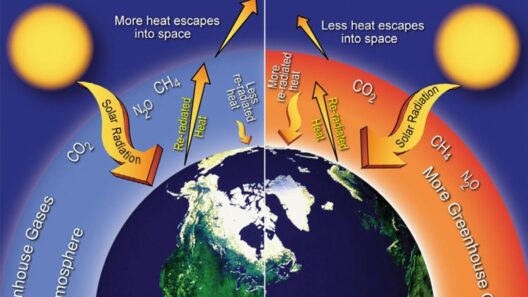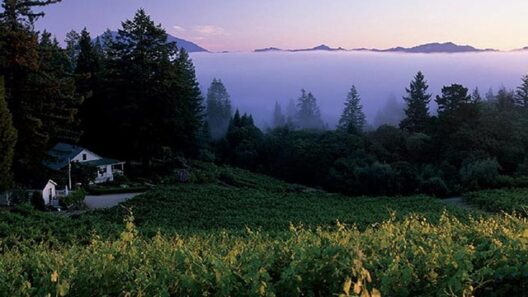Jamaica, an exquisite gem in the Caribbean, boasts a climate that has charmed explorers, vacationers, and nature enthusiasts alike. Known for its vibrant culture and stunning landscapes, Jamaica’s climate is nothing short of paradoxical: a tropical paradise that is influenced by a convergence of geographical features and climatic conditions. This article delves into the complexities of Jamaica’s weather patterns, exploring the subtleties that shape its climate and how it affects the island’s ecology, economy, and inhabitants.
The climate of Jamaica is principally classified as tropical maritime, characterized by warm temperatures and distinctive wet and dry seasons. This classification can often mislead those unfamiliar with the nuances of tropical climates, as it encompasses a variety of local microclimates that vary dramatically from one part of the island to another. The island’s topography, featuring the Blue Mountains and coastal plains, greatly influences these variations. The elevation induces cooler temperatures in the mountains, while the coastal areas tend to maintain a warm, humid environment throughout the year.
Temperatures across Jamaica generally range from 70°F to 90°F, with coastal zones experiencing warmer conditions, often tempered by sea breezes that offer respite from the heat. In contrast, the mountainous regions can be significantly cooler, especially at higher elevations. This climatic diversity not only contributes to the paradise-like experience sought after by tourists but also supports a rich tapestry of ecosystems that flourish across the island.
When examining Jamaica’s climatic seasons, one must first acknowledge the wet and dry season dichotomy. The dry season spans from December to April, characterized by lower humidity and minimal rainfall—ideal for tourism and outdoor activities. Conversely, from May to November, the wet season ushers in heavier rainfall and heightened humidity, particularly in the later months. This period is crucial for the island’s agriculture, replenishing the soil and sustaining local crops such as coffee, sugarcane, and tropical fruits.
However, the wet season is not without its pitfalls. The hurricane season, typically peaking from August to October, poses a significant risk to the island. Jamaica’s location makes it susceptible to tropical storms, which can lead to catastrophic flooding and destruction. Climate change exacerbates this vulnerability, prompting anxieties about the intensification of storms and sea-level rise that threatens coastal communities.
Amid these climatic challenges, Jamaica’s weather system has peculiarly adapted over time. Notably, the island’s microclimates foster diverse habitats. For instance, the lush valleys of the central region are renowned for their rich biodiversity, while arid zones in certain parts showcase hardy, drought-tolerant vegetation. This ecological variety enhances the island’s allure, drawing both ecotourists and researchers interested in studying its unique habitats.
Jamaica’s climate also plays a critical role in its economy. The tourism sector thrives on the island’s consistently agreeable weather. Travelers flock to Jamaica to luxuriate on its pristine beaches and engage with its vibrant cultural offerings. However, the seasonal fluctuations in rainfall and hurricane threats can impact visitor numbers and revenue. Therefore, local businesses often operate under the twin pressures of weather-dependent income and the need to adapt to the realities of climate change.
Furthermore, agriculture, a cornerstone of Jamaica’s economy, is intricately tied to climatic conditions. The wet season is vital for crop cultivation, but unexpected weather patterns—exacerbated by climate change—can lead to crop failures, threatening food security for many residents. As farmers face increasing challenges, adaptive strategies such as rainwater harvesting, crop rotation, and the integration of sustainable practices have become crucial in mitigating impacts on their livelihoods.
Understanding Jamaica’s climate holds far-reaching implications beyond tourism and agriculture. It invites an examination of how local culture and lifestyle are interwoven with the environment. Jamaican cultural practices, including music, dance, and culinary traditions, are often reflective of the island’s climatic conditions. For instance, spicy dishes utilizing local produce are popular due to agricultural abundance, while resilient building practices have developed in response to challenges from heavy rains and storms.
As global awareness of climate change intensifies, Jamaica stands at a crossroads. There is a pressing need for environmental stewardship and sustainable development to protect this captivating island. Collaborations among local governments, organizations, and communities are vital to establishing resilient practices that honor Jamaica’s natural heritage while preparing for future climatic uncertainties.
Ultimately, Jamaica’s climate offers a rich narrative—one that invites reflection on the intricate relationship between humans and their environment. The intertwining of weather patterns, economic dependence, cultural expressions, and ecological diversity presents an opportunity to shift our perspective on climate challenges faced in the Caribbean. By nurturing awareness and fostering adaptation, Jamaica can secure its place as not only a tropical paradise but also a bastion of resilience amid the pressing realities of climate change.
In conclusion, the exploration of Jamaica’s climate reveals a multifaceted landscape teeming with potential and pitfalls. It challenges us to rethink our interactions with the world and inspires curiosity about the delicate balances that sustain us. As Jamaica moves forward, engaging with its environment will be imperative for ensuring a sustainable future for generations to come.


